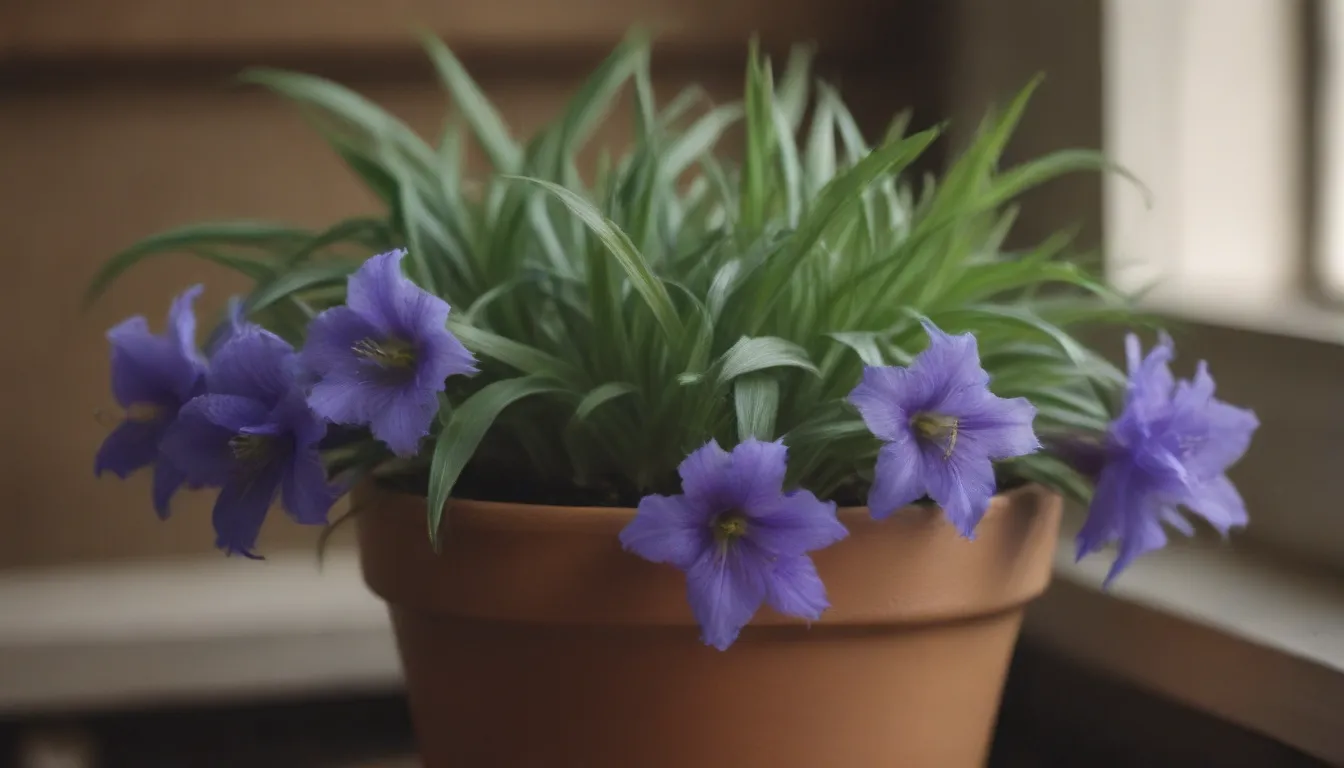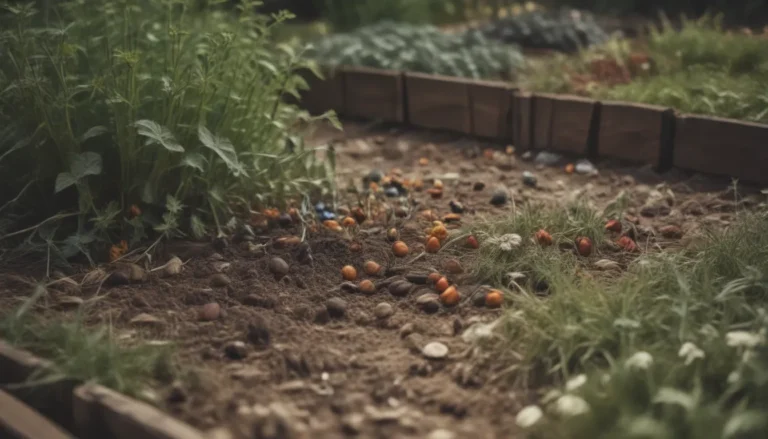A Comprehensive Guide to Growing and Caring for Spiderwort Plants Indoors

Are you looking to add some vibrant greenery to your indoor space? Spiderwort plants could be the perfect choice for you. These unique plants, also known asTradescantiaplants, are not only visually stunning but also relatively easy to care for. In this comprehensive guide, we will delve into all aspects of growing and maintaining spiderwort plants indoors, from light and soil requirements to propagation and common pests. Let’s get started!
Spiderwort Plant Care
Spiderwort plants belong to theTradescantiagenus and encompass various species, each with its own characteristics and care requirements. Here are some essential tips for caring for spiderwort plants indoors:
- Moisture Level: Spiderwort plants prefer consistently moist soil, but be sure not to overwater them as they do not like soggy conditions.
- Light: Place your spiderwort plant in a location with bright, indirect sunlight. Direct sunlight can cause the leaves to scorch.
- Soil: Use well-draining potting soil with a mix of sand and organic material to promote proper drainage.
- Watering: Water your plant weekly in the summer and less frequently in the fall and winter, ensuring the soil is dry a few inches down before watering.
- Temperature and Humidity: Maintain temperatures between 65 and 75 degrees Fahrenheit and provide above-average humidity levels. Avoid prolonged exposure to temperatures below 50 degrees Fahrenheit.
- Fertilizer: Spiderwort plants do not require frequent feeding. Use a diluted water-soluble fertilizer bi-monthly to prevent overfeeding.
Types of Spiderwort Plants
TheTradescantiafamily includes numerous varieties of spiderwort plants, each with its unique characteristics. Some popular types include:
- T. pallida ‘Purple Heart’
- T. Zebrina pendula
- T. Callisia
Pruning and Propagating Spiderwort Plants
To maintain the health and appearance of your spiderwort plant, consider the following practices:
- Pruning: Trim back stems periodically to prevent legginess and encourage bushier growth. Regularly prune or pinch back stems to maintain a compact shape.
- Propagation: Spiderwort plants are easily propagated using stem cuttings. Simply take a cutting and root it in water or moist soil to create new plants.
Common Pests and Issues
Like any indoor plant, spiderwort plants may encounter pest infestations such as aphids and spider mites. Keep an eye out for signs of pests and treat them promptly with mild insecticides or horticultural oils like neem oil.
Spiderwort Plant Varieties
Aside from the common spiderwort plant species, there are other indoor plant varieties to explore. Some examples include:
- Tradescantia
- Tradescantia fluminensis
Fun Facts about Spiderwort Plants
Did you know that spiderwort plants are known for their rapid growth, with some varieties being dubbed as “inch plants” due to their quick growth rate of about an inch per week? Additionally, while spiderwort plants can be invasive outdoors, they are more contained when grown indoors, making them a popular choice for houseplant enthusiasts.
In conclusion, growing and caring for spiderwort plants indoors can be a rewarding experience. With the right conditions and maintenance, these unique plants can thrive and add a touch of greenery to your home. Whether you are a seasoned plant parent or a beginner looking to expand your indoor garden, spiderwort plants are a fantastic choice to consider. So, why not bring home a spiderwort plant today and enjoy the beauty it brings to your living space!





